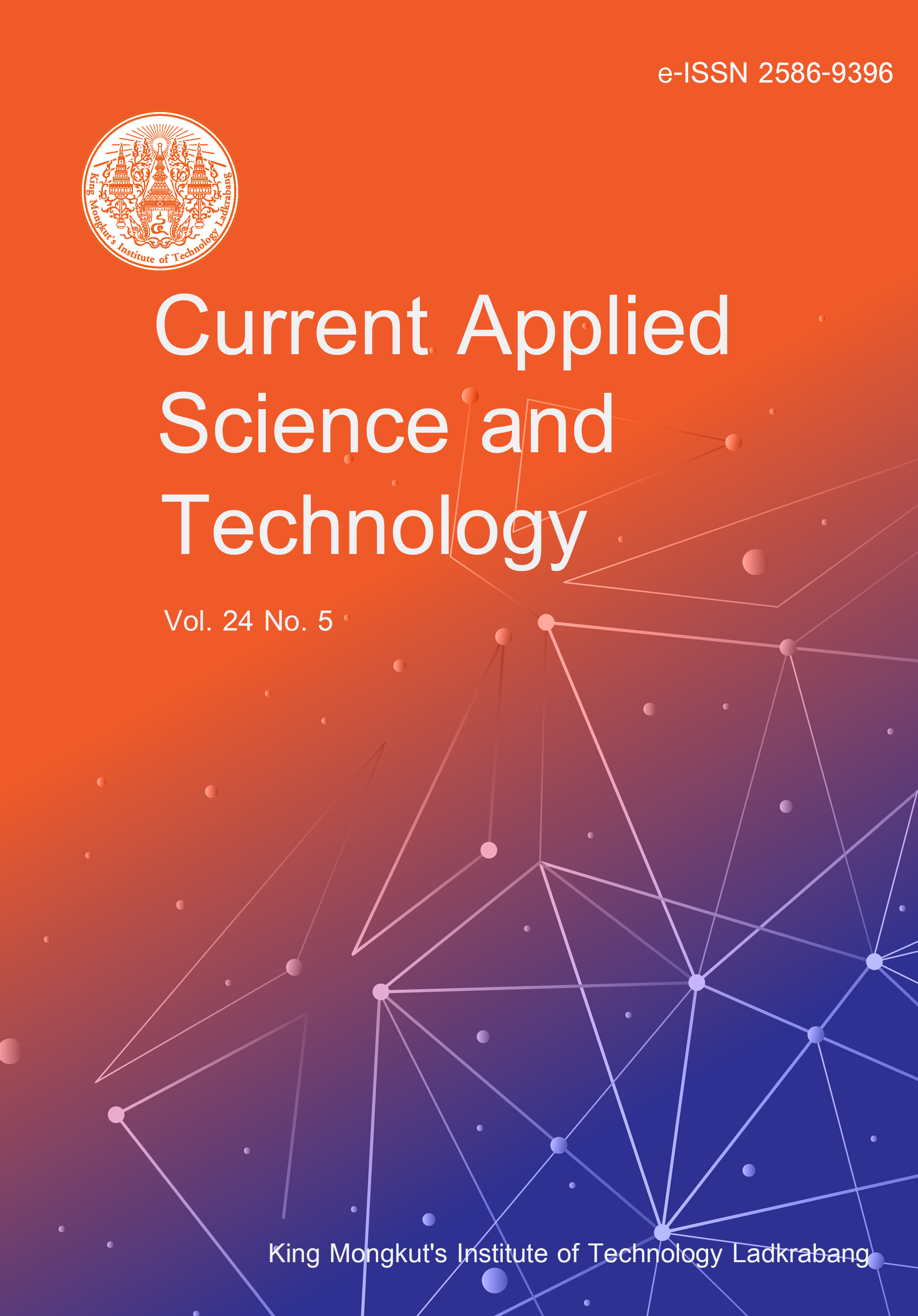Cimate change affects the emission of biogenic volatile organic compounds (BVOCs) from plants, especially isoprene, α-pinene, and β-pinene. These compounds play vital role in the secondary organic aerosol potential (SOAP) and ozone formation potential (OFP) through photochemical reactions. In Thailand, daytime temperatures typically reach up to 40°C resulting in potential plant stress. The considered plant Peltophorum pterocarpum, emits high levels of BVOCs and is widely cultivated in the urban areas of Bangkok. Consequently, this research aimed to study the variations in BVOC concentration, SOAP, and OFP associated with Peltophorum pterocarpum, during the daytime. The BVOCs (isoprene, α – pinene, and β – pinene) were sampled using a dynamic enclosure system from 9:00 to 11:00 local time and analyzed using gas chromatography with a flame ionization detector. SOAP and OFP were estimated using fractional aerosol coefficient and maximum incremental reactivity. The results revealed an average BVOC concentration of 4.68 μg/m3, which depended on temperature and light intensity. The highest SOAP and OFP were 1,367.10 and 188.58 μg/m3, respectively, which were largely influenced by β – piene. This study aids in understanding the role of secondary pollutant formation involving BVOCs emitted from trees in urban areas, which can lead to the selection of low BVOC-emitting tree species and improvement of guidelines for planning urban forest areas.
Maneejantra, S. ., Charoenpun, T. ., Bualert, S. ., Choomanee, P. ., Janyasuthiwong, S. ., & Chommon, W. undefined. . (2024). Potential Estimation of Secondary Pollutant Formation of BVOC from Peltophorum pterocarpum in Urban Area. CURRENT APPLIED SCIENCE AND TECHNOLOGY, e0260120. https://doi.org/10.55003/cast.2024.260120


https://cast.kmitl.ac.th/doi/10.55003/cast.2024.260120